What is the best growing medium for succulents?
Watering and proper watering techniques are one of the most important and trickiest aspects of ensuring succulents’ survival . Having the right growing medium or soil mix go hand in hand with proper watering. Too much water will cause roots to rot, giving too little water will weaken the plant.

The type of medium or soil the succulents are planted in determines how much or how little water is retained. Whether growing indoors or outdoors, in containers or in ground, the most important thing to consider when choosing a potting mix for succulents is its ability to drain well. The growing medium needs to be porous so it can drain well and dry out completely.
Succulents do best with soil that is normally considered poor for other houseplants. A good succulent soil allows for easy root growth by allowing for fast air and water exchange. Succulent soil mix are usually rich in inorganic elements, and some organic matter. Most succulent mixes contain about 25-50% organic matter, combined with inorganic materials.
Organic and Inorganic Materials
Inorganic materials for succulent mixes are necessary to make them porous, drain well and promote aeration in the soil. The most common inorganic bases for succulent mixes are pumice and perlite. These two are often considered interchangeable, but they do differ in characteristics.
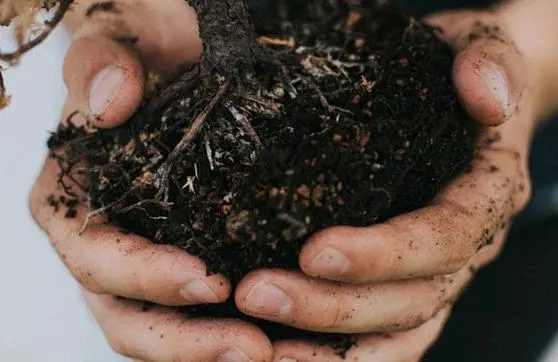
Pumice is longer lasting and more superior. Perlite is more widely available and less expensive. Other materials such as grit and gravel are also used to limit the amount of water the potting medium can hold.
Succulent mixes benefit from organic matter to increase the volume of water a mixture can hold and its ability to absorb nutrients. Common organic materials added to succulent mixes are peat, coir and mulch.
Cacti/Succulent Potting Mix
There are commercial succulent potting mixes readily available for purchase. These potting mixes are usually fast draining and contain both organic and inorganic materials. A typical commercial succulent mix contains sand, Sphagnum peat moss, perlite and composted materials.
If you are looking to purchase potting soil online, please click on my resource page for recommendations.
Can you use regular potting soil for succulents? Can succulents grow in any soil?
The most important requirement in a succulent potting mix is its ability to drain well. Depending on the composition, regular potting soil may contain too much organic matter and may retain too much moisture than what is ideal for most succulents and cacti.
Most standard potting soils also come with added nutrients in the form of compost or fertilizer, some of which are not suitable for succulents and cacti. If using a regular potting mix, you can augment the soil and make it more porous by adding perlite or pumice to the potting mix. This will improve the soil’s ability to drain and hold less moisture in.
Check my soil comparison video on Youtube below! Click on the image below to open Youtube in a different window.
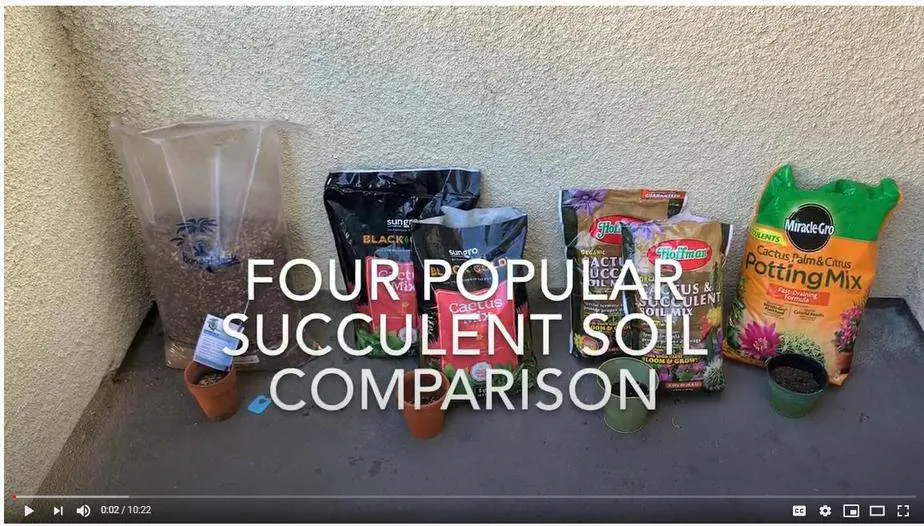
How to make your own succulent potting mix
There is no one perfect way to make a succulent potting mix. Depending on who you ask, you will get a different recipe. Some gardeners prefer one ingredient over another. And some gardeners avoid certain ingredients all together.
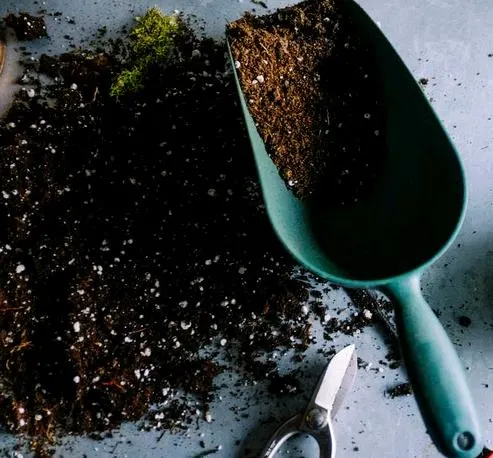
Here is an easy no fuss way to make your own succulent mix which have worked for me:
Ingredients
Potting mix or succulent mix
Perlite
Mix equal parts potting mix and perlite together (1:1). Mix the two together in equal parts until combined. A good way to check for proper texture is to feel the soil when wet. It should be crumbly and coarse and fall apart when squeezed. If it remains compact and forms a lump, it needs more inorganic matter or perlite.
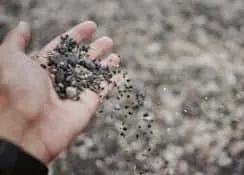
Another simple way to make your own succulent potting mix:
Ingredients
2 parts potting soil
1 part perlite
1 part small sized gravel or coarse grained sand
Mix 2 parts by volume of a potting soil with 1 part perlite and 1 part gravel. Mix the ingredients together until completely combined. A good way to test if your soil mix for the proper components is to wet the soil. It should be crumbly and coarse and fall apart when squeezed. If it remains compact and forms a lump, it needs more inorganic elements.
Potting mix for tropical cactus or jungle cactus:
Ingredients
Peat moss
Ground fir bark
Coarse builder’s sand
Combine equal parts peat moss and ground fir bark to create a base potting mixture. Mix two parts of the potting base with one part of coarse builder’s sand (2:1). Mix the ingredients together until completely combined. (This mixture is only suitable for tropical cactus such as Christmas cactus which require a bit more moisture).
To purchase some of the ingredients online, please click on my resource page for more information.
Do succulents need soil to grow? Can succulents survive in terrariums without soil? Can succulents grow on rocks or sand or driftwood?
Succulents need a certain amount of organic and inorganic matter in their growing medium in order to survive and thrive. You see arrangements of succulents in small terrariums with sand or gravel, or on rocks or driftwood and you wonder…can I grow succulents in these?
The quick answer is yes. Succulents, due to their hardy nature, can survive in these arrangements for an indefinite amount of time, depending on how they are cared for. Eventually, the succulents will start to root and look for a more suitable medium in which to grow in.
Succulents planted in peat moss, sand or driftwood will eventually outgrow its container. Once this happens, gently remove the plants from where they are growing and re-pot in a more suitable succulent potting mix. If left in these arrangements, they will not thrive and will eventually die. Think of these arrangements in terms of short-term usage, and not long-term.
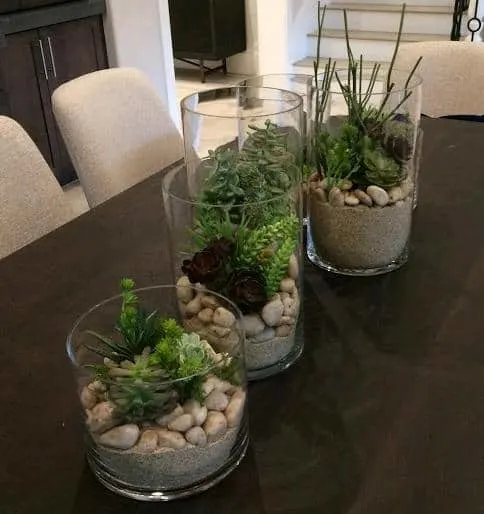
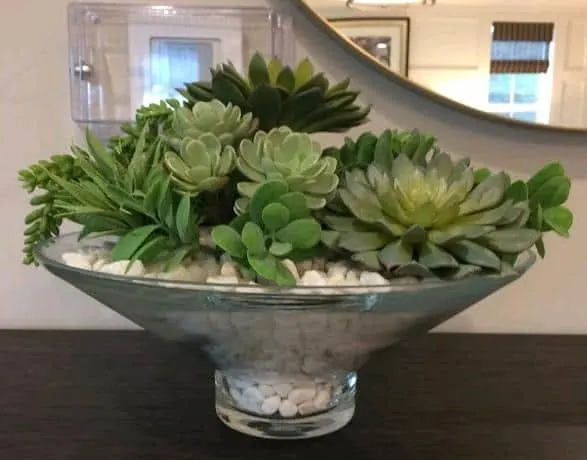
Soil acidity
Do succulents do better in acidic or alkaline soils? The optimal pH range for most plants is between 5.5 and 7.0. Most cacti and succulents prefer a slightly acidic soil of around 6 pH.
If the soil is too acidic, horticultural lime added to the soil will correct the pH and make the soil more alkaline. If the soil is too alkaline, you can change the pH by watering with a solution of 1 tablespoon of white vinegar added to 5 gallons water. An alkaline soil is more likely to kill plants than a slightly acidic one.
Other factors such as rainfall and nitrogen fertilizers increase soil acidity. You can test the pH of your soil by using a pH meter. There are different kinds of pH testers to choose from: electronic meters, pH test strips, and chemical colored dyes.
What to do if you used the wrong potting mix for your succulents
Once you realize that you have used the wrong potting mix for your succulents and cacti, you can carefully remove the plants from their containers and repot using the right potting mix. You can sometimes tell if the potting mix you used is not the right kind for your succulents by how moist it is.
The wrong potting mix can often hold too much moisture in and cause roots to rot and die. If you notice the soil is not drying out in between waterings and is constantly moist, transplanting your plants in the right potting mix will ensure survival.
Fertilizers
Do you need to fertilize cacti and succulents? When I first started my succulent collection, I did not want to bother with fertilizers. I did not want to go through the trouble of finding out how to fertilize my plants, what fertilizer to use, how to mix them, etc.
It seemed like a lot of work to figure all this out. My succulents and cacti were fine and grew well even without periodic fertilization. Most commercial succulent potting soil come with added compost or fertilizer in the mix. The plants can feed on those nutrients for quite some time.
Eventually these nutrients are flushed out of the soil from constant watering and nutrients need to be added back in, either by re-potting the plants in fresh potting mix or by feeding or fertilizing the plants. While fertilizing is not necessary for succulents’ survival, it helps to keep the plants healthy and prolong time when you need to re-pot again. I find that feeding my plants make them healthier and stronger and less susceptible to diseases.
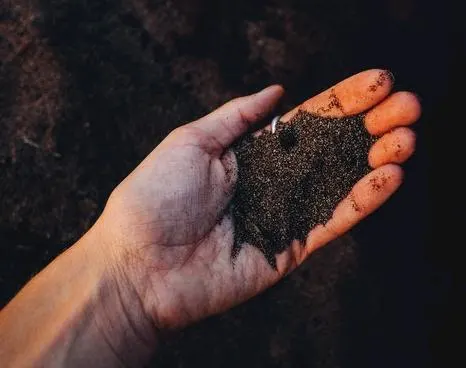
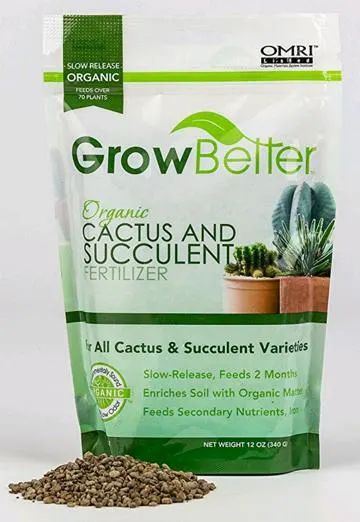
How to fertilize succulents–What nutrients do succulents need?Balanced Fertilizer Blends
Succulents and cacti are not heavy feeders and do not require a lot of fertilizers. Fertilizers are better applied at a quarter or half strength. Too much fertilizer, especially high-nitrogen blends, may cause more problems such as root rot. It is important not to overfeed your succulents.
Using the right blend of fertilizers for your cacti and succulents will keep them healthy and happy. There is no exact ratio for the perfect blend of nitrogen (N) to phosphorus (P) to potassium (K) or N:P:K . Finding a balanced fertilizer with micronutrients will ensure the best growth. Some things to keep in mind: A higher ratio of nitrogen will promote more growth; a higher potassium ratio will promoter better flowering; and higher phosphors will promote better disease resistance.
Balanced Fertilizer Blends
A balanced blend of fertilizer has roughly equal proportions of nitrogen, potassium and phosphorus. A low balanced soluble fertilizer such as 8-8-8 (8% nitrogen, 8% phosphorus, 8% potassium ) or 10-10-10 (10% nitrogen,10%phosphorus,10% potassium ) formulas are suitable and commonly used. A good houseplant fertilizer that is higher in phosphorus than nitrogen (5-10-5 solution) can also be used.
Dilute the amount of fertilizer recommended on the package to half. For example, if the package calls for 1 tablespoon of 5-10-5 fertilizer per gallon of water, use ½ tablespoon in one gallon water. For tropical succulents that need more frequent watering such as Christmas cactus or Rhipsalis, dilute the solution to ¼ strength.
Similarly, there are fertilizer blends specifically formulated for cacti and succulents. These are advertised as having the ideal N-P-K ratio for succulents and cacti. They often contain a lower nitrogen ratio such as 2-7-7 N-P-K or 1-7-6 N-P-K ratio.
These fertilizers are easy to use and the instructions typically suggest to feed the plants with the solution every two weeks.
Water your succulents with the fertilizer solution the same way you would normally water your plants. Let the excess water drain out of the containers and do not let the plant sit in water. The top inch of the soil needs to feel dry before you water again.
Dry fertilizers
Dry fertilizers are also available. These are granular slow-release fertilizers and are required to be mixed into the soil or potting mix or top dressed on the soil. Sprinkling it on top of the soil before watering can cause the fertilizer to float on top of the soil and not seep down to the bottom to reach the plants’ roots.
It may take a few waterings before the fertilizer on the top soil is fully integrated into the roots of the plants. I find these dry fertilizers more suitable to use during planting or repotting by pre-mixing it into the potting soil to add nutrients.
How often do you need to fertilize?
Succulents are not heavy feeders. During the growing season in the spring, summer and fall, fertilizers applied at a quarter or half strength at every or every other watering should be sufficient. If you are wary of overfeeding your plants, fertilizing once a month at a minimum during the growing season is a good place to start and will be sufficient in meeting the feeding requirements for most cacti and succulents.
If you want to reserve the feeding process to a minimum, it is best to fertilize during their peak growing time. As the end of the growing season approaches, usually around mid-fall, gradually decrease fertilization.
Some exceptions to consider
Take note that some succulent varieties are naturally more active and grow in the winter season, and some become dormant during the summer months. Stop fertilizing when the plant growth normally slows down. Plants grown in low light conditions should be fertilized sparingly to prevent thin, weak growth.
Indoor succulents that do not receive enough sunlight should also be fertilized sparingly. Fertilizing plants that do not receive adequate light will cause thin, weak growths. Plants grown in terrariums or containers without drainage holes also need to be fertilized sparingly as the irrigation process does not allow for water and nutrients to drain out of the containers.
Succulents planted outdoors in the ground usually do not require fertilizers because they get nutrients from the soil. If fertilizing in ground succulents, apply a quarter or half the recommended amount of a balanced slow-release fertilizer only during the active growing season.
Manure tea for succulents
If you have never heard of manure tea you are probably wondering what they are. Manure tea is an organic alternative to chemical fertilizers and can be a more sustainable way to fertilize your plants. Manure tea is made from collecting the manure of any livestock.
The manure that has been collected is then fermented and cured. There is a process involved in storing and curing of the manure. Once it is cured properly to destroy potential harmful pathogens, it is transferred into a steeping material, such as a burlap sack or gunny sack. Manure tea bags are then ready to use.
The manure tea bag can then be steeped in certain amount of water over a period of time, usually about 2-3 days, in a covered container. The tea can then be used to water the succulents. Water as you normally would and allow excess water to drain out of the containers.
Wait for the soil to dry out in between waterings. The remains of manure left in the sack may also be spread as fertilizer in the plants.
The process of using manure tea as fertilizer is sustainable. The tea is mild enough that you have less chances of burning your succulents. These manure tea bags are available for purchase and comes with instructions on how to use.
They are an alternative to the commercial chemical fertilizers and is the preferred route of fertilizing for many.
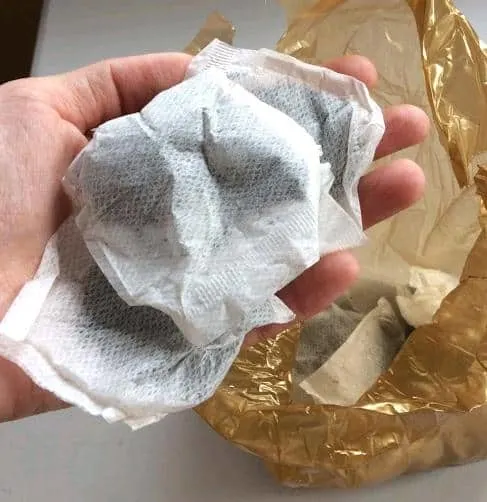
Organic vs. Inorganic fertilizer
Organic and inorganic fertilizers have the same purpose, that is to feed the plants and provide them with necessary nutrients such as nitrogen, phosphorus and potassium to grow. Organic and inorganic fertilizers are made up of differents ingredients. They function differently in how they deliver these nutrients to the plants.
Inorganic or synthetic fertilizers are manufactured using artificial materials and synthetic chemicals. They work rapidly because they feed the plants with high concentrations of nitrogen, phosphorus and potassium directly.
Organic or natural fertilizers contain only plant and animal based products that supply the plants with nitrogen, phosphorus and potassium through natural processes. Organic fertilizers work much more slowly than inorganic fertilizers because they work by enriching the soil first rather than providing rapid nutrients to the plants.
Both organic and inorganic fertilizers provide plants with the nutrients needed to grow healthy and strong. However, each contains different ingredients and supplies these nutrients in different ways. Organic fertilizers work over time to create a healthy growing environment, while inorganic fertilizers provide rapid nutrition.
Determining which is better for your plants depends largely on the needs of your plants and your preferences in terms of cost and environmental impact.
Organic fertilizers enrich the soil and improve the soil’s quality over time. Inorganic fertilizers do not enrich the soil and can leave byproducts that build up in the soil overtime. Finding the right fertilizer for your plants depends on what is available to you in your budget and your growing needs and preferences.
Consider the impact on the soil overtime and the environmental impact of the products you are using.
Composting vs. Fertilizing (or making your own fertilizer)
Composting is a natural process of using organic materials from your garden or kitchen scraps and turning them into decomposed materials rich in nutrients to fertilize the soil. This rich soil amendment is fondly referred to as “black gold” by gardeners. Some growers have great success composting and using compost to feed their succulents.
Using compost can be an alternative to fertilizing your plants or used as a supplement with fertilizers.
Compost promotes the growth of soil microbes which produces a healthier growing environment for your plants and enhances the quality of the soil. Other benefits of composting is it reduces landfill waste. It is sustainable and does not rely on synthetic chemicals to be produced.
Adding a top dressing of rich compost to your succulent plants can do wonders for their appearance and growth.
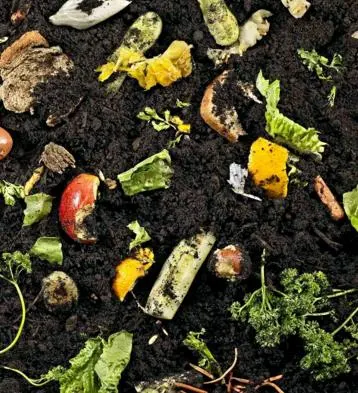
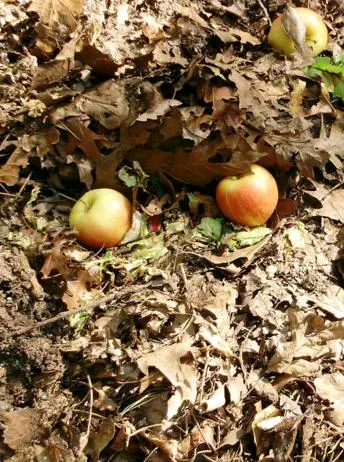
Tips on how to get started with composting
You can purchase organic compost from a composting facility or garden center, or you can decide to make your own and start composting. There are several different ways to compost. You can do it outdoors in your backyard, or even indoors if you choose to. These three main ingredients are the basic requirements to composting:
- Browns – these are materials that include dry leaves, branches, twigs, dry hay, shredded newspaper
- Greens – these are materials that include vegetable and fruit scraps, grass clippings, coffee grounds and filters, tea leaves and bags, eggshells
- Water – the right amount of water, along with greens and browns, are the basics to composting
Start by adding a layer of browns on the bottom of the compost pile. Then add a layer of greens on top of the browns. Alternate the layers of browns and greens. Water the compost regularly so it stays moist.
Water provides moisture to help break down the organic matter. Cover the compost pile with plastic, tarp, or other suitable covering material to retain the moisture and heat needed for the composting process. Turn the compost using a garden fork or shovel every two to three weeks to mix and aerate the materials.
This whole process can take anywhere from two months to a couple of years to complete.
Composting Bins
Some people prefer to use composting bins to contain the composting materials. Composting bins are containers used to collect and store compost ingredients in an enclosed and secure environment. Compost bins are often used for sanitary and aesthetic reasons.
Composting bins come in a variety of different sizes, features, designs and cost. They can be purchased from a hardware store or online.
What NOT to compost
Some products are not meant to be composted because they can attract unwanted pests and rodents from the smell they emit. Avoid these ingredients when composting:
- Dairy products and eggs
- Meat or fish bones and scraps
- Oil, fat or grease
- Dog or cat feces, or pet wastes
- Diseased plants
Composting can be a daunting task if you are thinking of starting one. For others, composting has become a way of life. It is a sustainable alternative to chemical fertilizing and have many beneficial effects not just for the plants but for the environment.
Four Popular Succulent Soil Comparison
How to Behead an Echeveria and Cut Off Bloom Stalks
5 Reasons Why We Need to Repot Succulents
Can Succulents Survive Without Soil?
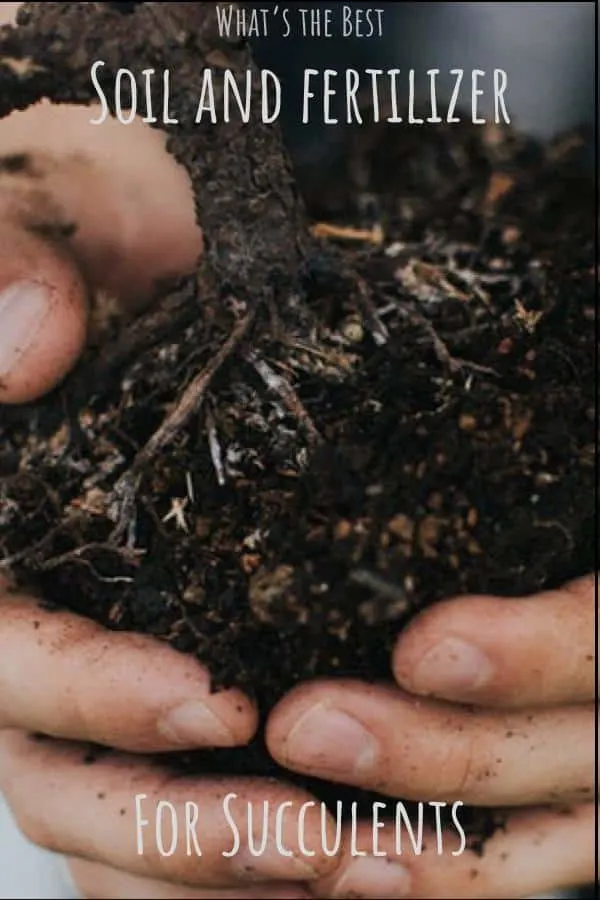
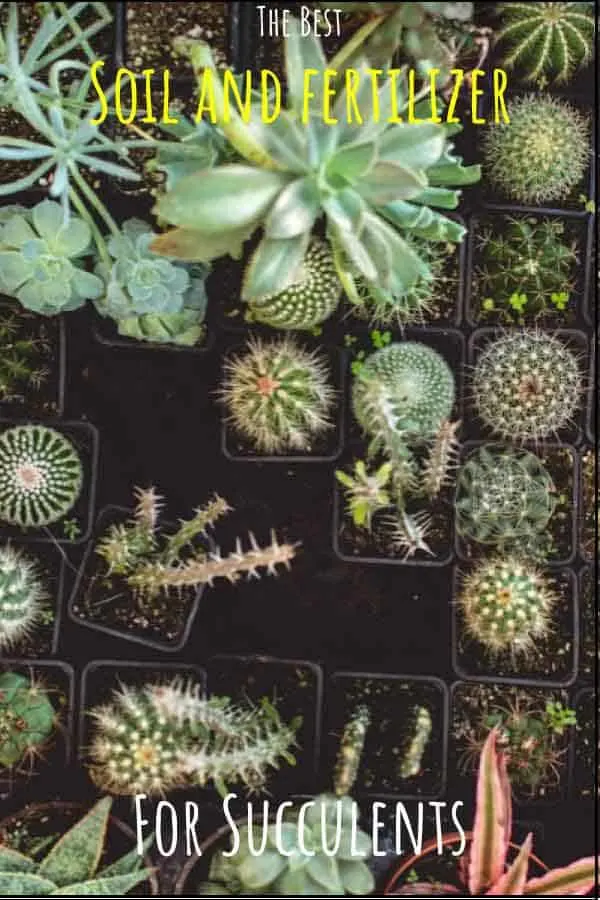
Pin this to save for later or share with others now!
